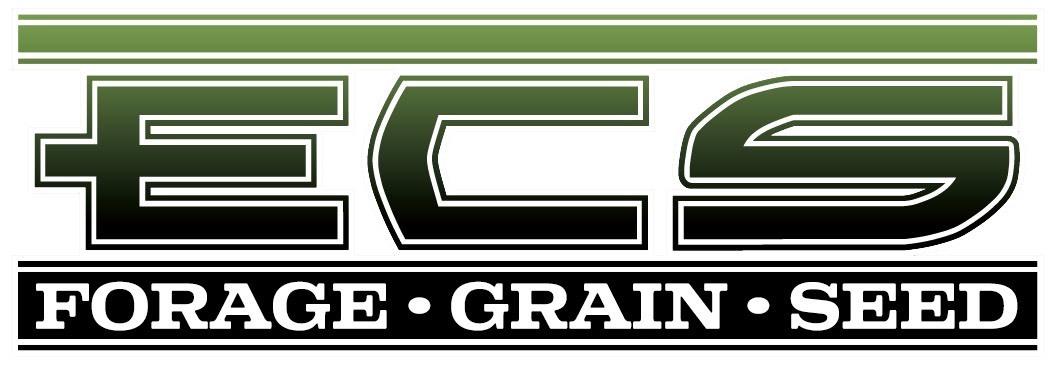Benefits of Cover Crops
The bio-mass or as some refer to it as “green manure” is the nutrients and other bio elements that the cover crop will return to the soil as it begins to break down. You can tell if your cover crop will be replenishing your soil by how much top growth can be seen during the growing season. A great amount of top growth generally indicates a greater amount of “green manure.” For more advice on seeds in Colorado contact us today. seeds colorado
Below is a list of benefits to using a cover crop:
Weed Control – Cover Crops can assist with weed suppression through competition, smothering, or alleopathic effects.
Recycling of Nutrients – Cover Crops can scavenge available nutrients, convert the nutrients to biomass, and then when incorporated back into the soil, made available to the following crop. In addition to preventing the loss of nutrients to leaching, Cover Crops can recapture nutrients from the lower soil profile, and return them to the upper soil profile.
Nitrogen Capture – Legume Cover Crops, by hosting beneficial rhizobium on their roots are able to capture atmospheric nitrogen , and use the Nitrogen to fuel their own growth. As the legume biomass is returned to the soil, this nitrogen is made available to following crops. Legumes can generate up to 200 lbs of N/acre/year.
Soil Organic Matter – Cover Crops can return substantial levels of organic matter to soil, increasing soil tilth, improving soil aerations, and feeding soil microrganisms.
Soil Compaction – Cover Crops roots can reduce soil compaction, either with fibrous roots that fracture the soil in the upper profile, or tap roots that penetrate plow pans, and reach into the lower soil profile. The increased soil macro-pores allow rain to penetrate the soil and reduce run-off. The roots of following crops can follow these soil macro-pores deeper into the soil profile and increase nutrient uptake and drought tolerance.
Soil Erosion – Cover Crops can reduce soil erosion caused by wind, water run-off, and rain drop impact.
Nematode Control – Some Cover Crops can substantially reduce harmful nematodes. One method of control may include natural nematode resistance where nematodes are unable to find a host and die. A few Cover Crops serve as a nematode trap host, where nematodes are unable to complete their life cycle.
Soil Biodiversity – Cover Crops can maintain or increase soil biodiversity, either to compliment crop monocultures, or provide soil nutrients during fallow periods between crop.

